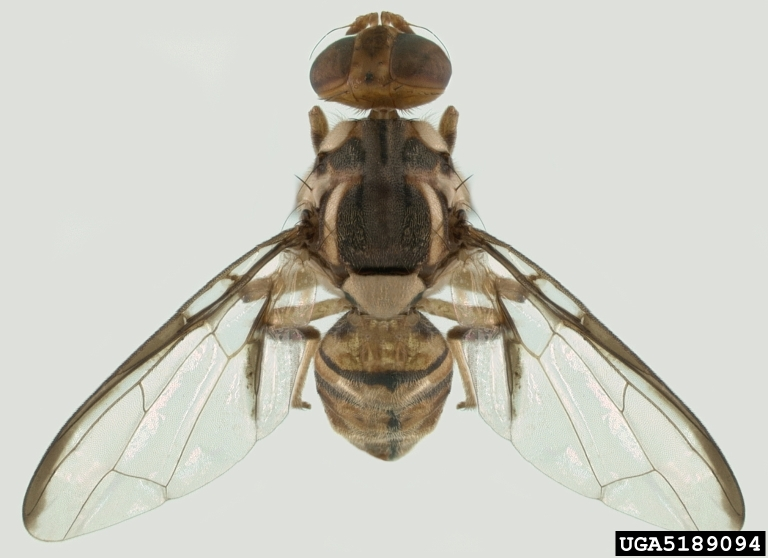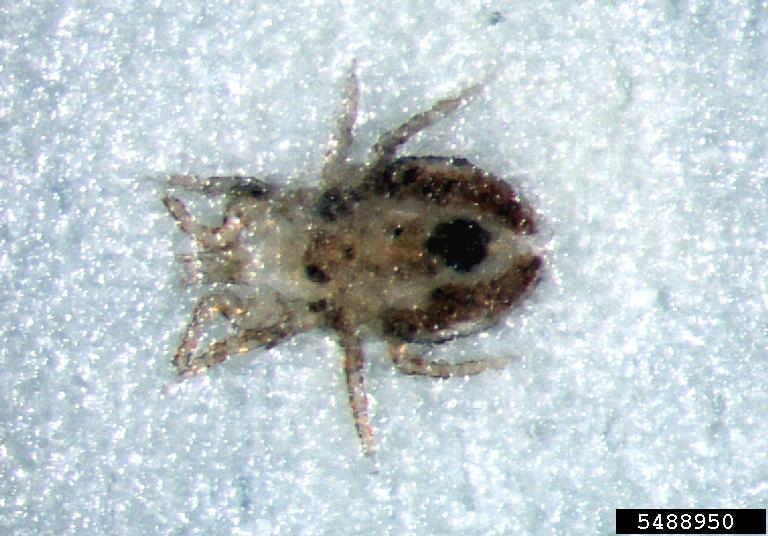Flying Termites
Home / PESTGetting Rid of Termites with Wings


Source
Invasive.orgTermites swarmers have long, narrow wings that are the same size and shape on both the front and back pairs. Their wings easily break off, leaving behind piles of shed wings around the swarming site. Termite wings also do not have visible veins that can be seen with the naked eye.
key points about the significance of termite swarmers
- Winged termites are a clear sign of an active termite colony in the vicinity, as they only swarm to reproduce and create new colonies.
- The shed wings left behind by swarming termites provide visual evidence of their presence and infestation. Piles of discarded wings around your home are a telltale sign.
- Subterranean termite colonies can grow to over a million individuals and can consume about 13 oz (400 g) of wood per day, causing significant damage to the structure of a home over time.
- Drywood termites can also attack the structure far away from the soil, creating small galleries and leaving behind piles of wood-like pellets.
Termite Infestation and Damage
Termites feed on the cellulose in wood, which can cause significant structural damage to your home over time if left untreated. Signs of a termite infestation include mud tubes, piles of discarded wings, and wood that sounds hollow when tapped.
Where Did the Swarmers Come From?
Termite swarmers, or “alates” (meaning “winged-ones”), that you see flying around likely came from a nearby, underground nest. Subterranean termites, which are the group of termites you are most likely to see in North Carolina, require large amounts of moisture to survive see Termites: Biology and Management for more information. If most of the termites you see are found outdoors, then the nest could be from somewhere in your yard, your neighbor’s yard, or even from a woody area down the street. Places where termite colonies are likely located in your yard include old tree stumps, landscape timbers, or any place where wood is contacting the soil. Conversely, if you are finding swarmers within your home then you are probably dealing with an infestation in and/or under your home or business.
Will Killing the Swarmers Prevent a Termite Infestation?
Unfortunately, no. While termite swarmers are certainly a nuisance, particularly when swarms occur indoors, they are an indicator of a potential problem, rather than a problem in and of itself. Swarmers do not cause structural damage; that is done by the worker termites in a colony. Instead, they form new, additional colonies, which in turn can result in greatly increased termite numbers and (consequently) increased risk of property damage. Although killing swarmers eliminates the nuisance problem at hand, it does not provide any protection from further termite activity that may already be causing serious, undetected damage. Again, the presence of termite swarmers, especially within a home or property, is likely a symptom of a thriving termite infestation.
How to get rid of termites in the house?
- Sealing Entry Points: Closely inspect your home's exterior and seal any cracks, gaps, or openings that could allow termites to enter. This helps prevent new colonies from establishing
- Removing Moisture Sources: Fix any leaks or drainage issues around your home to reduce moisture, as termites are attracted to damp conditions. Proper moisture control is crucial for preventing and managing termite infestations.
- Eliminating Wood-to-Soil Contact: Keep firewood, mulch, and other wood materials away from your home's foundation to eliminate easy access points for termites.
- Using Termite Baits or Liquid Treatments: Placing termite baits around your property or applying a liquid chemical barrier treatment to the soil can help control and eliminate the termite colony.
- Applying Boric Acid: Boric acid can be painted onto wood surfaces or dusted into termite tunnels as a protective measure against termite feeding and infestation.
- Applying Diatomaceous Earth (DE) Barriers: Mixing DE with construction sand and creating a 3-foot deep, 3-foot wide barrier around the home's perimeter can help prevent termites from entering.
- Utilizing Nematodes: Beneficial nematodes, such as Steinernema carpocapsae, can be applied to the soil to target and kill termite colonies.
While these DIY methods can be effective, it's important to note that a significant termite infestation may require the expertise of a professional pest control company. Like terminix or 844-706-1321 for the most comprehensive and long-lasting solution.






